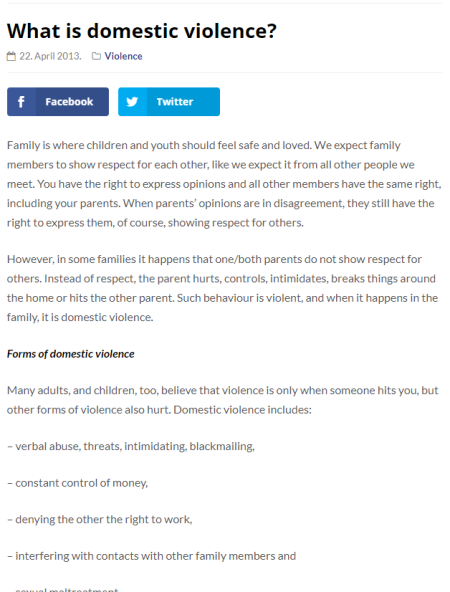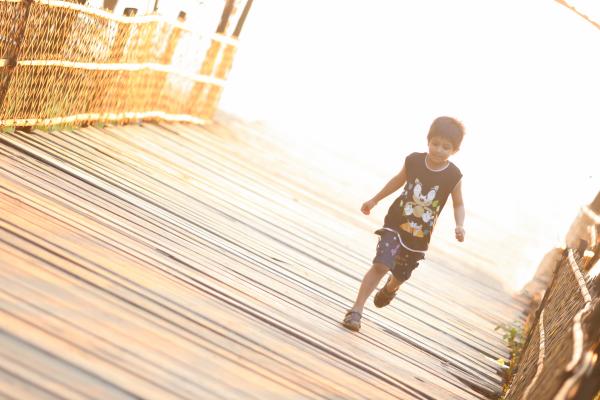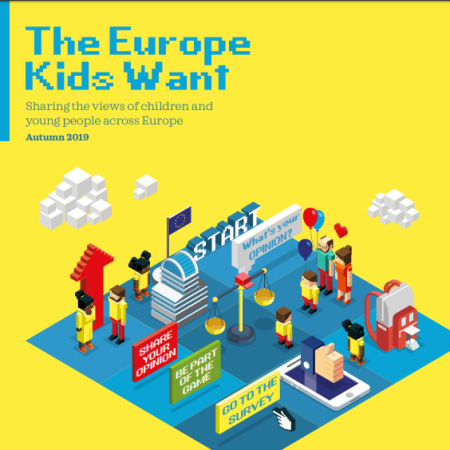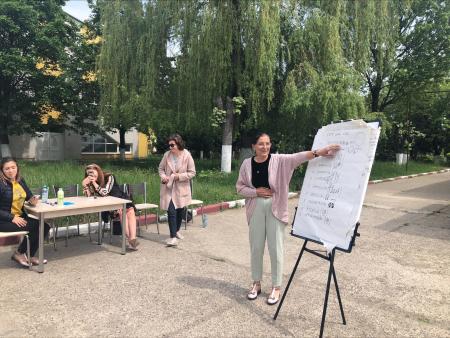
There is a long list of women killed each year by men or partners, although there is no single motive for violence against women - be it emotional abuse, physical assault, sexual assault or rape, or more extreme forms that culminate in suicide - the latest international evidence indicates that some factors consistently predict higher levels of this violence. Along with gender stereotyped roles, relationships, and identities, these factors include disrespect and hostility towards women, unequal or controlling relationships, and low support for gender equality. This evidence indicates that violence against women is a gender phenomenon and the social norms that motivate it are absorbed at a very early age. Numerous studies have found that violence against women is preventable and that working with children and youth is essential to preventing it.
Obsolete gender stereotypes are embedded in children from the beginning of their development. We can tell our children that "boys do not cry" when expressing their emotions, or we call girls "bossy" when positioning themselves. It may seem trivial, but the language of how we talk to children matters. These and other subtle expressions of gender stereotypes that children absorb can form problematic attitudes in adulthood. The idea of "man is man" in intimate relationships can be translated into the idea that the man is under "control", which can then lead to controlling, abusive and violent behavior toward women.
Solid ideas about masculinity also limit the lives of boys and men. When we challenge gender stereotypes we give our children the message that they can be who they want to be, that they do not have to deal with restrictive stereotypes and "rules" about "what girls can do" or "what boys are". In the long run, by working with children to challenge gender stereotypes, we also contribute to preventing violence against women in the next generation.
Preventing this violence needs a much more sophisticated strategy than just telling people that it is "unacceptable". The evidence suggests that the drivers of this violence are far more entrenched in society. So part of the work we need to do to prevent it involves challenging the language model and attitudes that reinforce gender stereotypes and inequality.

You might like..


















